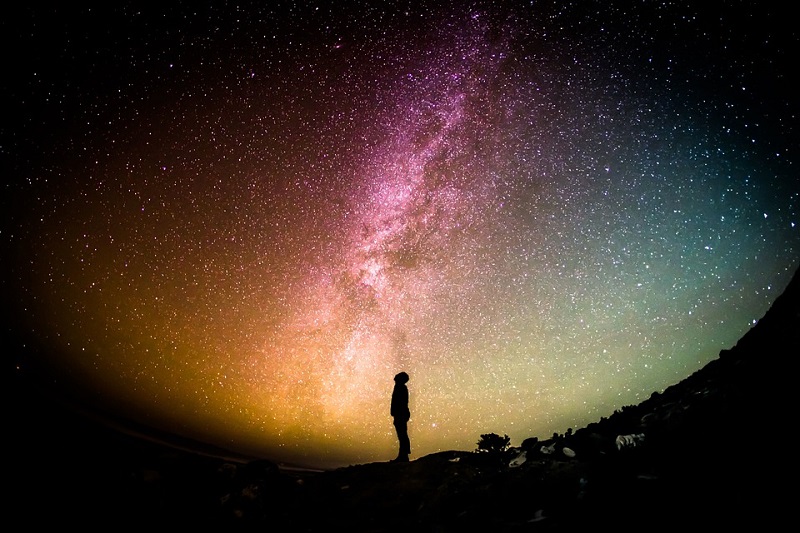
Admiring the night sky has become something most people have taken for granted, but not for people who are vision-impaired. For them, it might be an experience that is out of reach.
According to a recent report, Astreos is an app developed by two engineering students from Brisbane.
The app will enable users to move their phones around the night sky and use different senses to understand the location of planers, stars and comets.
One of the developers is vision-impaired and it became their mission to allow anyone, no matter their eyesight, to see space.
Considered to be the first of its kind, Astreos uses the Horizon system of the National Aeronautics and Space Administration (NASA).
This system tracks hundreds of thousands of objects in the sky, including satellites.
Being blind, the developer explained that the app gave a feeling of where the planets are located using both sound and textile dimensions.
Astreos aims to be bite-sized and interesting. It created representation in a “3D audio environment with visuals on top”.
It allows one to look up into a constellation, see it in 3D and be able to travel to it. Since NASA has all the data available, the team pulled it and started to represent it in an ergonomic way.
The name Astreos was derived from the Greek god of dusk, Astraeus; and the Greek goddess of dawn, Eos. The names were combined to represent the continuous cycle of dawn and dusk.
Astrophysicists were consulted to check what information would be significant for education and entertainment.
The app provides a mental map of where all the constellations are. The information provided does not only contain facts as to where the constellations appeared, but it also shows what starts are in certain areas at a specific time of day.
It is important for vision-impaired people, especially for kids, to be able to enter the STEM subjects as there are many things a blind person can do, and that includes science.
The pair is part of a technology start-up called OSeyeris, which aims to create products that help make life better for those without sight using accessible technology.
Bushwalking has aided with the sound design of the app. In one such bushwalking trip, bird sounds were heard. They made a boing sound, which was the tapestry of sound needed for the app.
The team is trying to recreate the feeling of entering a room and knowing where the things are located exactly.
With the app, it is around 70% science and 30% art and design.
A test flight was launched on the website, encouraging people to try the app. The app will be updated with new features, taking into account the feedback received on how the app can be made even better.
The Astreos app is scheduled to be launched later this year.
















